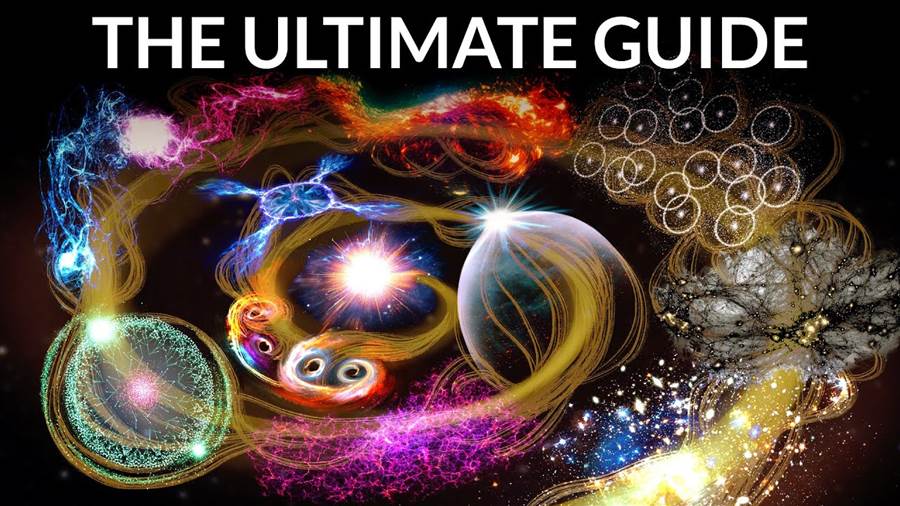
The article explores the fascinating question of how the universe came into existence. Delving into the field of cosmology, it navigates through different scientific theories and observations to shed light on this profound mystery.
Scientists have long been intrigued by the origins of the universe and have proposed various theories to explain its beginning. One prevailing and widely accepted theory is the Big Bang Theory. According to this theory, the universe originated from an infinitely small, dense, and hot point called a singularity. Approximately 13.8 billion years ago, this singularity began rapidly expanding, giving birth to space, time, and all matter and energy.
The Big Bang Theory is supported by various lines of evidence. One crucial piece of evidence comes from observations of cosmic background radiation. The detection of this radiation, which is a faint glow permeating throughout the universe, provides strong support for the idea that the universe had a hot and dense origin.

Another significant piece of evidence is the observed redshift of galaxies. Astronomers have noticed that distant galaxies are moving away from us, and the farther they are, the more pronounced the redshift becomes.
While the Big Bang Theory explains the early expansion of the universe, it does not account for what triggered the initial singularity. To address this, scientists have proposed various hypotheses. One hypothesis suggests that there may be multiple universes, and our universe was created by the collision of two of these parallel universes. Another idea proposes that the singularity was the result of the collapse of a previous universe, creating a cyclic process of universes expanding and contracting.
However, exploring the origins of the universe is a complex and ongoing task for scientists. Many aspects of this enigma remain unanswered, such as the nature of dark matter and dark energy, which collectively constitute the majority of the universe's mass and energy. Research in astrophysics, particle physics, and cosmology continue to provide insights into these mysteries and further refine our understanding of how the universe came to be.
In conclusion, the article discusses the Big Bang Theory as the prevailing explanation for the beginning of the universe. Supported by observations of cosmic background radiation and redshift, this theory postulates that the universe originated from a hot and dense singularity. However, the ultimate cause of the singularity remains unknown, and scientists are exploring various hypotheses to unravel this cosmic mystery.








